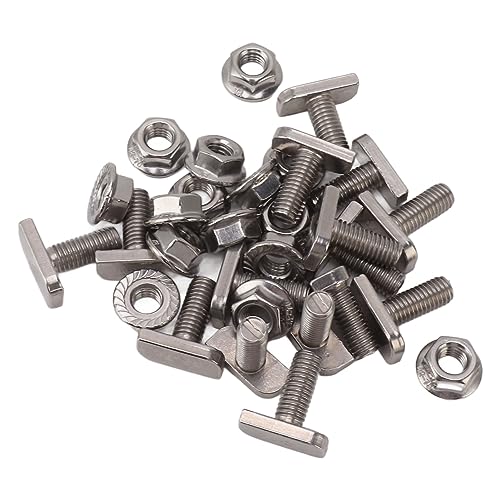Hi All,
Here is a good one!! I am busy installing a new supply. It is a three phase 100A jobbie and a TT earth.
Now then, the DNO have installed their cutout in one of their nice plastic enclosures, and all my switch gear is [or will be] in a nice IP65 metal enclosure adjacent to it.
Now, the tails are going to enter the enclosure through nylon compression glands fitted to a square nylon "plate" screwed to the side of the enclosure. [so that they all go through the same hole in the metal side, for obvious reasons]
Anyway, i would like to fit the rcd INSIDE the metal enclosure if i can, as it will be a neater job. As the tails will enter through the insulating glands, and then go straight into the rcd, it will, as far as i am concerned comply with the regs concerning this sort of thing.
What do you all think?? Would you do this yourselves, or am i inviting trouble from the meter installing muppet??
Should i play safe and put the rcd in an insulated enclosure halfway along the tails instead???
What would you all do???
Secondly, what sort of Ze do you normally get with a TT system??? What is the typical sort of reading you all get?? Reason i ask, is i have only ever installed two earth rods.
The first one i did, [at my house as an "extra" rod as part of a PME system] was 47 ohms, but the latest rod i have knocked in as part of this new installation, [i knocked in four actually as they are IN a building and i thought it best to fit the rods before the four feet of concrete went in!!] is a mere 15 ohms. That is just the one rod, when i link all four together, even though they are only about 4 foot apart, the result should be even better!!
If you are interested, i did not use any of those poxy little things you see in the electrical shops, each rod is 20mm diameter and 10 feet long. The reason i used four, even though i know that the actual Ze [or Ra if i were to measure it properly] will not be much different even with the 4 rods, as they will "overlap" as it were, was because i thought it would give a more reliable earth system, as there would be more surface area of rod in contact with the ground [and i had them for nothing!!!]
What you all think??
john...
Here is a good one!! I am busy installing a new supply. It is a three phase 100A jobbie and a TT earth.
Now then, the DNO have installed their cutout in one of their nice plastic enclosures, and all my switch gear is [or will be] in a nice IP65 metal enclosure adjacent to it.
Now, the tails are going to enter the enclosure through nylon compression glands fitted to a square nylon "plate" screwed to the side of the enclosure. [so that they all go through the same hole in the metal side, for obvious reasons]
Anyway, i would like to fit the rcd INSIDE the metal enclosure if i can, as it will be a neater job. As the tails will enter through the insulating glands, and then go straight into the rcd, it will, as far as i am concerned comply with the regs concerning this sort of thing.
What do you all think?? Would you do this yourselves, or am i inviting trouble from the meter installing muppet??
Should i play safe and put the rcd in an insulated enclosure halfway along the tails instead???
What would you all do???
Secondly, what sort of Ze do you normally get with a TT system??? What is the typical sort of reading you all get?? Reason i ask, is i have only ever installed two earth rods.
The first one i did, [at my house as an "extra" rod as part of a PME system] was 47 ohms, but the latest rod i have knocked in as part of this new installation, [i knocked in four actually as they are IN a building and i thought it best to fit the rods before the four feet of concrete went in!!] is a mere 15 ohms. That is just the one rod, when i link all four together, even though they are only about 4 foot apart, the result should be even better!!
If you are interested, i did not use any of those poxy little things you see in the electrical shops, each rod is 20mm diameter and 10 feet long. The reason i used four, even though i know that the actual Ze [or Ra if i were to measure it properly] will not be much different even with the 4 rods, as they will "overlap" as it were, was because i thought it would give a more reliable earth system, as there would be more surface area of rod in contact with the ground [and i had them for nothing!!!]
What you all think??
john...

































































